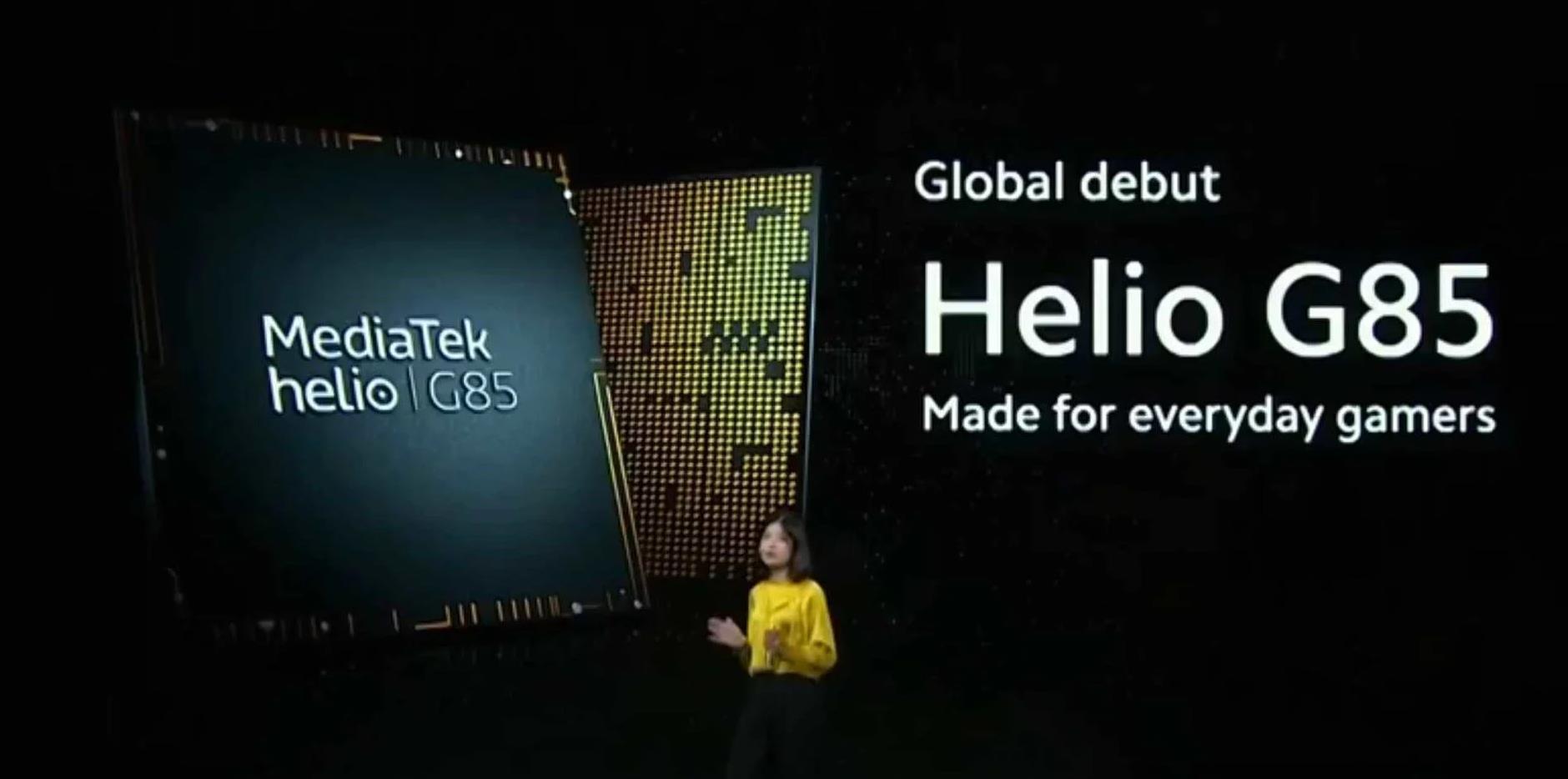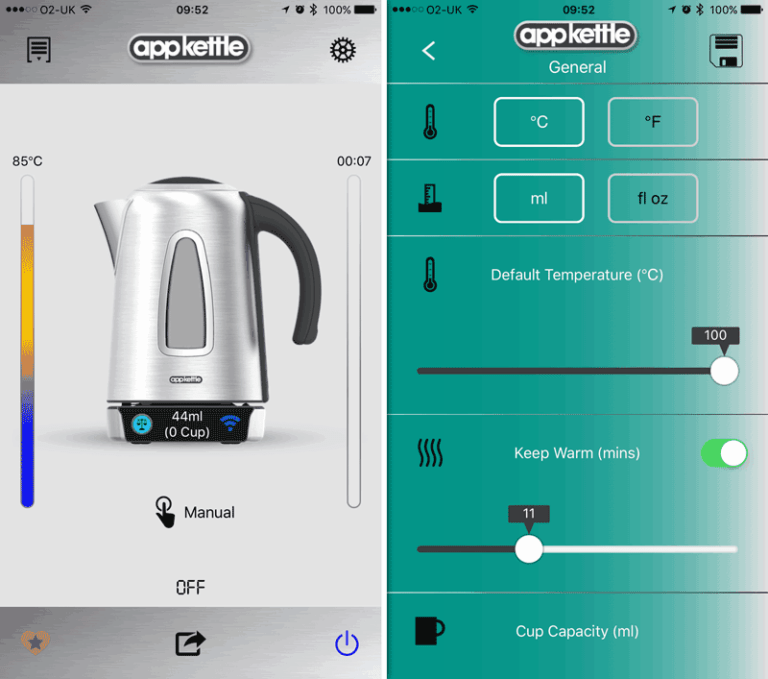Any links to online stores should be assumed to be affiliates. The company or PR agency provides all or most review samples. They have no control over my content, and I provide my honest opinion.
With the launch of the Xiaomi Redmi Note 9, I wrote a scathing comparison of the new MediaTek Helio G85 with its pitiful 50Mhz difference in GPU frequencies compared to the existing, unimpressive, Helio G80.
If we ignore my belief that the MediaTek Helio G85 is just a marketing stunt by announcing a brand-new chipset and look at how the chipset performs compared to the previous generation and other options, things look a little more positive.
The MediaTek Helio G85 on the Xiaomi Redmi Note 9 replaces the Qualcomm Snapdragon 665 on the Redmi Note 8 and this should represent a significant performance bump.
To pad out the comparison, I have looked at the Snapdragon 675 & SD 712, which are both older chipsets found on affordable phones. Then the Snapdragon 720G which is used on the Redmi Note 9 Pro and should represent a significant performance bump vs the Helio G85.
Specification Comparison
MediaTek Helio G85 vs Qualcomm Snapdragon 665 vs Snapdragon 675 vs SD 712 vs SD 720G
| MediaTek Helio G85 | Snapdragon 665 | Snapdragon 675 | Snapdragon 712 | Snapdragon 720G | |
|---|---|---|---|---|---|
| Process | 12 nm | 11nm LPP | 11nm LPP | 10nm LPP | 8nm LPP |
| CPU Cores | Octa-Core, 64-bit | Octa-Core, 64-bit | Octa-Core, 64-bit | Octa-Core, 64-bit | Octa-Core, 64-bit |
| CPU | 4x Arm Cortex A75 @ 2.0 GHz 4x Cortex-A55 @ 1.5 GHz | 4x Kryo 260 (CA73) @ 2.0GHz 4x Kryo 260 (CA53) @ 1.8GHz | 2x Kryo 460 (CA76) @ 2.0GHz 6x Kryo 460 (CA55) @ 1.8GHz | 2x Kryo 360 (CA75) @ 2.2GHz 6x Kryo 360 (CA55) @ 1.7GHz | 2x Kryo 470 (CA76) @ 2.3GHz 6x Kryo 470 (CA55) @ 1.8GHz |
| GPU | Arm Mali-G52 MC2 @ 1000Mhz | Adreno 610 | Adreno 612 | Adreno 616 | Adreno 618 |
| Antutu | 205946 | 167866 | 218535 | 216501 | 282336 |
CPU

The MediaTek Helio G85 has a CPU specification identical to the Helio G80 with:
- 2x Arm Cortex A75 @ 2.0 GHz
- 6x Cortex-A55 @ 1.5 GHz
This represents a significant upgrade to the Qualcomm Snapdragon 665 which was used on the older Note 8 which has:
- 4x Kryo 260 (Arm Cortex A73) @ 2.0GHz
- 4x Kryo 260 (Arm Cortex A53) @ 1.8GHz
The Snapdragon 675 is getting on a little, but is still used in phones this year, and could have been a viable alternative to the G85. This has:
- 2x Kryo 460 (CA76) @ 2.0GHz
- 6x Kryo 460 (CA55) @ 1.8GHz
The Snapdragon 712, which is used on the Realme 5 Pro has:
- 2x Kryo 360 (CA75) @ 2.3GHz
- 6x Kryo 360 (CA55) @ 1.7GHz
Finally, the Snapdragon 720G which is used on the Xiaomi Redmi Note 9 and Realme 6 Pro has:
- 2x Kryo 470 (CA76) @ 2.3GHz
- 6x Kryo 470 (CA55) @ 1.8GHz
So the Helio G85 does look good when you compare it to the Redmi Note 8 from last year, but it fails to compete with any of the other options.
Qualcomm has the edge with their fabrication process too, the SD665 and SD675 are made on the 11nm fabrication process, then the SD712 drops to 10NM and the new SD720G is on the 8NM process. MediaTek uses 12nm on all their Helio chipsets – during my testing phones with these have still done well with the battery, though this is helped by the large batteries Xiaomi and Realme use.
GPU
Comparing GPUs is a little harder because Qualcomm uses their own Andreno GPU while Meditek uses the ARM Mali GPUs.
As a reminder, the MediaTek Helio G85 uses the Arm Mali-G52 MC2 found on the G70 and G80 however this is now clocked at 1000Mhz vs 950Mhz on the G80 and 820Mhz on the G70.
For Qualcomm, you have:
- Snapdragon 665 – Adreno 610
- Snapdragon 675 – Adreno 612
- Snapdragon 712 – Adreno 616
- Snapdragon 720G -m Adreno 618
Benchmarks – Antutu – Geekbench – 3D Mark
| Antutu Benchmarks | Total Score | CPU | GPU | MEM | UX |
| Realme 6 – Helio G90T | 290644 | 97549 | 81058 | 55547 | 56490 |
| Realme 6 Pro – SD720G | 282336 | 104143 | 70801 | 52273 | 55119 |
| Realme X2 – SD735G | 258311 | 98328 | 67574 | 47945 | 44464 |
| Realme 5 Pro – SD712 | 216501 | 73459 | 61872 | 42013 | 39157 |
| Xiaomi Redmi Note 9 | 205946 | ||||
| Realme 6i – Helio G80 | 201299 | 73376 | 41633 | 45192 | 41098 |
| Realme 5 SD665 | 167866 | 71157 | 33489 | 36568 | 26652 |
We only have one benchmark supplied by Xiaomi for the Note 9, and this has the phone scoring 205946 in Antutu. This puts the phone 2% higher than the score I achieved with the G80 on the Realme 6i.
However, the Snapdragon 665 managed 167866, so the Redmi Note 9 sees a 22% improvement moving from the SD665 on the Note 8.
Looking at the G85 on the Note 9 vs the SD720G on the Note 9 Pro, the SD720G scores 37% higher with 282336.
Redmi are touting this as a phone for everyday gamers, which is an ambiguous term. We don’t have an official benchmark, but considering the 5% difference in GPU frequency and the 2% difference in Antutu scores, I would say the G80 and G85 perform very similar.
| Slingshot Extreme OpenGL | Vulkan | |
|---|---|---|
| Huawei P40 Lite - Kirin 820 | 4131 | 3873 |
| TCL 10 5G - Snapdragon 765G | 3331 | 3113 |
| Realme X50 - Snapdragon 765G | 3308 | 3098 |
| Oppo Find X2 Lite - Snapdragon 765G | 3415 | 3025 |
In my testing of the Realme 6i, I managed 1344 in the Slingshot OpenGL and 1327 in the Vulcan test.
This is not a good score, but it is much higher than the SD665 which managed 1090 and 1061 which is a 23% and 25% improvement.
It also comfortable outperforms the Snapdragon 675, which I have tested recently. However, it falls behind in compared to the other Qualcomm chipsets.
Alternative Options

Pricing for the new Redmi Note 9 starts at $199/€183/£159 for the 3/64GB model, the Redmi Note 9 Pro is expected to be 6/64GB trim is $269/€247/£214.
Assuming the prices get converted to £ properly at £159 there is not much competition with the Redmi Note 9. The Realme 6i is £189, and at that price, you may as well get the Note 9 Pro, Realme 6 or Note 8 Pro.
Moving away from Xiaomi and Realme, there is nothing competing in terms of specification at this price. The recently launched Motorola Moto G8 Power Lite costs £179 and features an Helio P35 with a 16 MP primary camera and no ultrawide.
| Preview | Product | Rating | Price | |
|---|---|---|---|---|

| realme 6i – 4GB + 128GB, 6.5” full screen display, Sim... | Buy on Amazon |
| Preview | Product | Rating | Price | |
|---|---|---|---|---|

| Redmi Note 8 pro 6+64GB ARM Mali G76 MC4 6.53inch 45oomAh... | Buy on Amazon |
Overall
I wasn’t particularly impressed with the MediaTek Helio G80 when I reviewed the Realme 6i, and this, therefore, means I am not a big fan of the MediaTek Helio G85. It is not so much that I think it is a bad chipset, it is that the pricing is too close to the Realme 6 to justify losing out on all the performance of the Helio G90T.
The same could be said here, but there is a broader difference in pricing, which justifies the Helio G85 a little more. With a £55/$70 price gap that represents a 35% increase moving from the Note 9 to the Note 9 Pro.
If you can afford that extra £55 then I would strongly urge you to opt for the Redmi Note 9 Pro over the Note 9. You will be rewarded with a significantly better-performing phone along with a much better camera.
Of course, if you can’t afford the extra cash, the Redmi Note 9 will be a perfectly decent phone, and it should be a significant improvement over the Note 8 it replaces.
I am James, a UK-based tech enthusiast and the Editor and Owner of Mighty Gadget, which I’ve proudly run since 2007. Passionate about all things technology, my expertise spans from computers and networking to mobile, wearables, and smart home devices.
As a fitness fanatic who loves running and cycling, I also have a keen interest in fitness-related technology, and I take every opportunity to cover this niche on my blog. My diverse interests allow me to bring a unique perspective to tech blogging, merging lifestyle, fitness, and the latest tech trends.
In my academic pursuits, I earned a BSc in Information Systems Design from UCLAN, before advancing my learning with a Master’s Degree in Computing. This advanced study also included Cisco CCNA accreditation, further demonstrating my commitment to understanding and staying ahead of the technology curve.
I’m proud to share that Vuelio has consistently ranked Mighty Gadget as one of the top technology blogs in the UK. With my dedication to technology and drive to share my insights, I aim to continue providing my readers with engaging and informative content.
Last update on 2025-07-14 / Affiliate links / Images from Amazon Product Advertising API







Thank you so much